Nissan Qashqai vs Suzuki Ignis – Performance, range & efficiency compared
Everyday use, family trips or long-distance drives – here’s where the differences show.
Discover whether Nissan Qashqai or Suzuki Ignis fits your lifestyle better.
Here’s where it gets real: The technical differences in detail
Costs and Efficiency: Price and efficiency are key factors when choosing a car – and this is often where the real differences emerge.
Suzuki Ignis has a decisively advantage in terms of price – it starts at 15600 £, while the Nissan Qashqai costs 29400 £. That’s a price difference of around 13783 £.
Fuel consumption also shows a difference: the Suzuki Ignis manages with 4.90 L and is therefore slight more efficient than the Nissan Qashqai with 5.10 L. The difference is about 0.20 L per 100 km.
Engine and Performance: Under the bonnet, it becomes clear which model is tuned for sportiness and which one takes the lead when you hit the accelerator.
When it comes to engine power, the Nissan Qashqai has a significantly edge – offering 190 HP compared to 83 HP. That’s roughly 107 HP more horsepower.
In acceleration from 0 to 100 km/h, the Nissan Qashqai is convincingly quicker – completing the sprint in 7.90 s, while the Suzuki Ignis takes 12.70 s. That’s about 4.80 s faster.
In terms of top speed, the Nissan Qashqai performs a bit better – reaching 206 km/h, while the Suzuki Ignis tops out at 165 km/h. The difference is around 41 km/h.
There’s also a difference in torque: the Nissan Qashqai pulls decisively stronger with 330 Nm compared to 107 Nm. That’s about 223 Nm difference.
Space and Everyday Use: Cabin size, boot volume and payload all play a role in everyday practicality. Here, comfort and flexibility make the difference.
Both vehicles offer seating for 5 people.
In curb weight, the Suzuki Ignis is convincingly lighter – 935 kg compared to 1420 kg. The difference is around 485 kg.
In terms of boot space, the Nissan Qashqai offers convincingly more room – 504 L compared to 267 L. That’s a difference of about 237 L.
In maximum load capacity, the Nissan Qashqai performs evident better – up to 1447 L, which is about 347 L more than the Suzuki Ignis.
When it comes to payload, Nissan Qashqai distinct takes the win – 520 kg compared to 395 kg. That’s a difference of about 125 kg.
Our conclusion: The Nissan Qashqai proves to be is largely superior and thus becomes our DriveDuel Champion!
Overall, Nissan Qashqai is the better all-rounder in this comparison.
Nissan Qashqai
The Nissan Qashqai stands out in the compact SUV market with its sleek design and versatile features. Its smooth ride and refined interior make it a popular choice for both city driving and weekend adventures. Advanced safety technologies and user-friendly infotainment add to its appeal, ensuring a comfortable and secure driving experience for all passengers.
details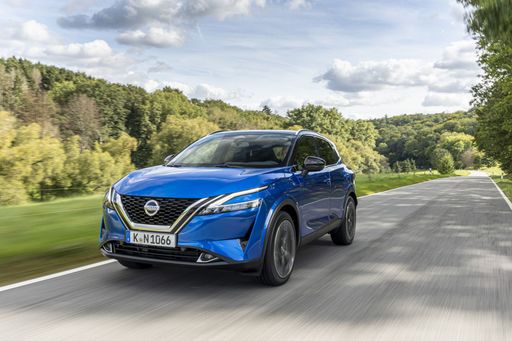 @ Nissan
@ Nissan
 @ Nissan
@ Nissan
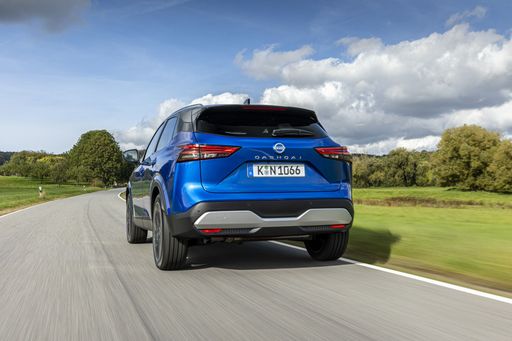 @ Nissan
@ Nissan
 @ Nissan
@ Nissan
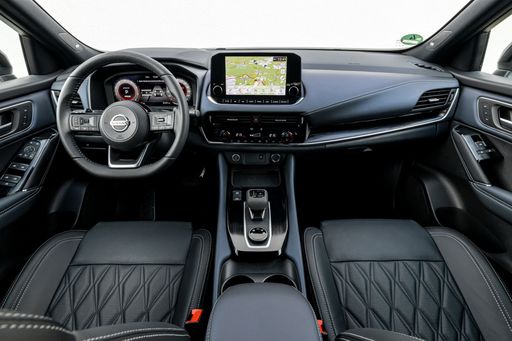 @ Nissan
@ Nissan
Suzuki Ignis
The Suzuki Ignis is a compact car that stands out with its unique blend of small SUV aesthetics and city-friendly dimensions. Its playful and distinctive design, combined with a practical and elevated driving position, makes it an appealing choice for urban dwellers seeking versatility without compromising on style. Inside, the Ignis offers a surprisingly spacious cabin with innovative storage solutions, making it ideal for those who need a functional yet characterful vehicle.
details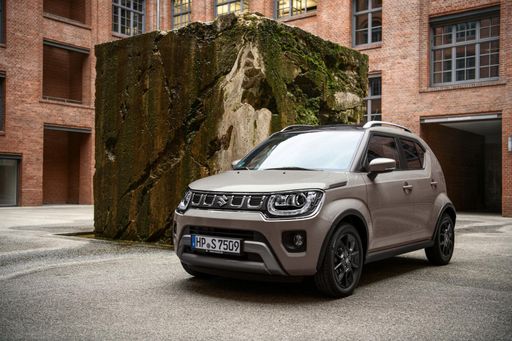 @ Suzuki
@ Suzuki
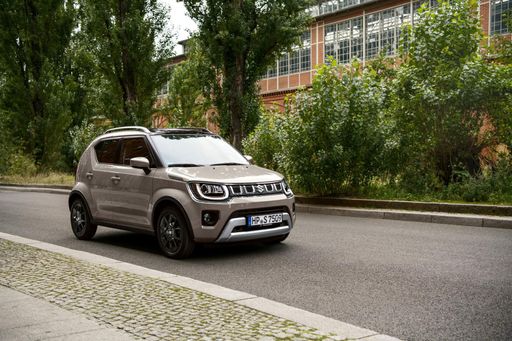 @ Suzuki
@ Suzuki
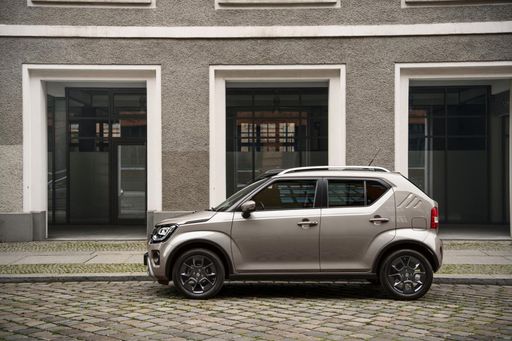 @ Suzuki
@ Suzuki
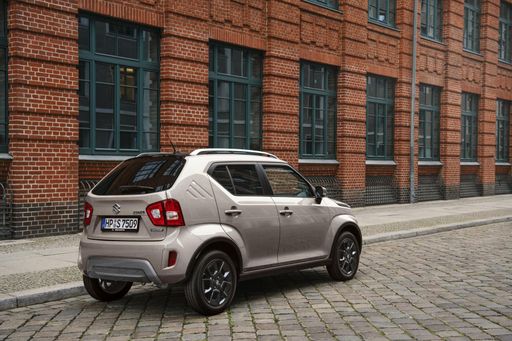 @ Suzuki
@ Suzuki
 @ Suzuki
@ Suzuki

|

|
|
|
|
Costs and Consumption |
|
|---|---|
|
Price
29400 - 42500 £
|
Price
15600 - 19500 £
|
|
Consumption L/100km
5.1 - 6.8 L
|
Consumption L/100km
4.9 - 5.4 L
|
|
Consumption kWh/100km
-
|
Consumption kWh/100km
-
|
|
Electric Range
-
|
Electric Range
-
|
|
Battery Capacity
-
|
Battery Capacity
-
|
|
co2
116 - 154 g/km
|
co2
110 - 122 g/km
|
|
Fuel tank capacity
55 L
|
Fuel tank capacity
30 - 32 L
|
Dimensions and Body |
|
|---|---|
|
Body Type
SUV
|
Body Type
SUV
|
|
Seats
5
|
Seats
4 - 5
|
|
Doors
5
|
Doors
5
|
|
Curb weight
1420 - 1665 kg
|
Curb weight
935 - 995 kg
|
|
Trunk capacity
479 - 504 L
|
Trunk capacity
204 - 267 L
|
|
Length
4425 mm
|
Length
3700 mm
|
|
Width
1835 mm
|
Width
1690 mm
|
|
Height
1625 mm
|
Height
1605 mm
|
|
Max trunk capacity
1422 - 1447 L
|
Max trunk capacity
1086 - 1100 L
|
|
Payload
466 - 520 kg
|
Payload
335 - 395 kg
|
Engine and Performance |
|
|---|---|
|
Engine Type
Petrol MHEV, Full Hybrid
|
Engine Type
Petrol MHEV
|
|
Transmission
Manuel, Automatic
|
Transmission
Manuel, Automatic
|
|
Transmission Detail
Manual Gearbox, CVT, Reduction Gearbox
|
Transmission Detail
Manual Gearbox, CVT
|
|
Drive Type
Front-Wheel Drive, All-Wheel Drive
|
Drive Type
Front-Wheel Drive, All-Wheel Drive
|
|
Power HP
140 - 190 HP
|
Power HP
83 HP
|
|
Acceleration 0-100km/h
7.9 - 10.2 s
|
Acceleration 0-100km/h
12.7 - 12.8 s
|
|
Max Speed
170 - 206 km/h
|
Max Speed
155 - 165 km/h
|
|
Torque
240 - 330 Nm
|
Torque
107 Nm
|
|
Number of Cylinders
3 - 4
|
Number of Cylinders
4
|
|
Power kW
103 - 140 kW
|
Power kW
61 kW
|
|
Engine capacity
1332 - 1497 cm3
|
Engine capacity
1197 cm3
|
General |
|
|---|---|
|
Model Year
2024
|
Model Year
2020
|
|
CO2 Efficiency Class
E, D
|
CO2 Efficiency Class
C, D
|
|
Brand
Nissan
|
Brand
Suzuki
|
Is the Nissan Qashqai offered with different drivetrains?
Available configurations include Front-Wheel Drive or All-Wheel Drive.
The prices and data displayed are estimates based on German list prices and may vary by country. This information is not legally binding.
